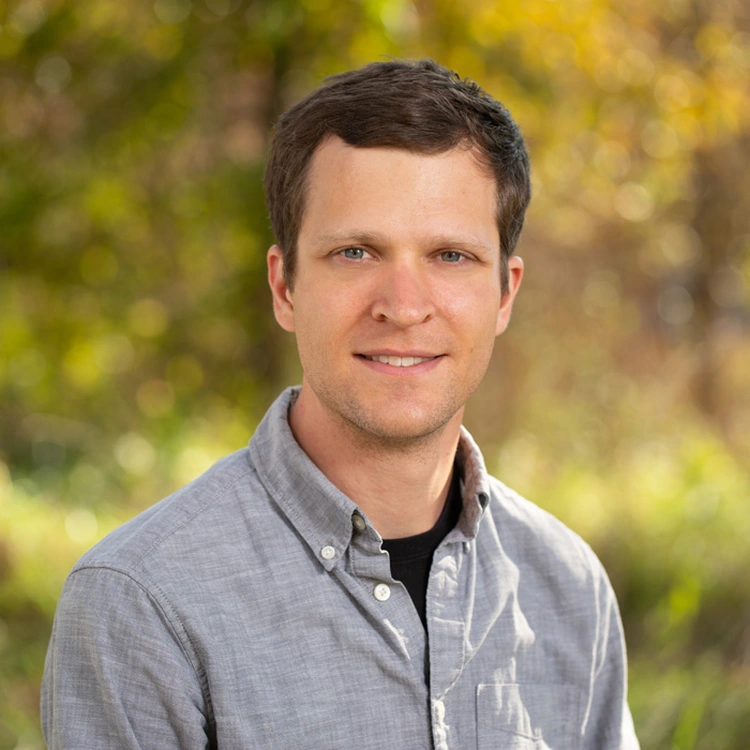Research
The nucleus is a major organizer of cellular architecture and gene expression in eukaryotic cells. The organization of the nucleus, in turn, is largely controlled by a meshwork of filaments, called lamins, that underlies the nuclear envelope. Aside from physically shaping the nucleus, the lamina also facilitates exchange of material and physical communication between the nucleoplasm and cytoplasm and serves as a scaffold for physical organization if the genome, which controls gene expression. Despite the central importance of the lamin filament meshwork, how the lamins assemble and how their assembly is regulated on the molecular level is poorly understood. My research aims to determine molecular mechanisms of lamin assembly through in vitro experiments in Xenopus laevis egg extracts and through in vivo experiments in mutant mouse embryonic stem cells lacking endogenous lamins.
In addition to shedding new light on nuclear structure and function, my work will also provide insight into the molecular mechanisms of diseases associated with mutations in lamin genes. Mutations in lamin genes cause myriad human diseases, but puzzlingly, different mutations can lead to vastly different disease phenotypes, ranging from muscular dystrophies to premature aging disorders. Fully understanding the molecular basis by which different mutations lead to different diseases will first require detailed characterization of the non-mutant proteins. Only once we have established this baseline can we begin rigorously comparing non-mutant lamin proteins and lamin proteins harboring disease-associated mutations, which is ultimately likely to uncover molecular defects that cause disease.
